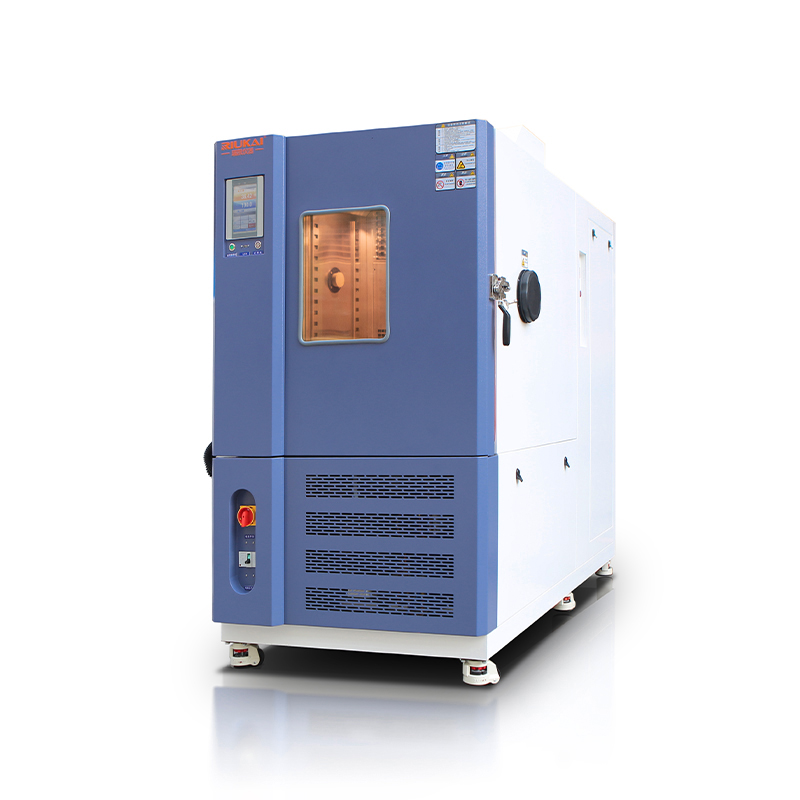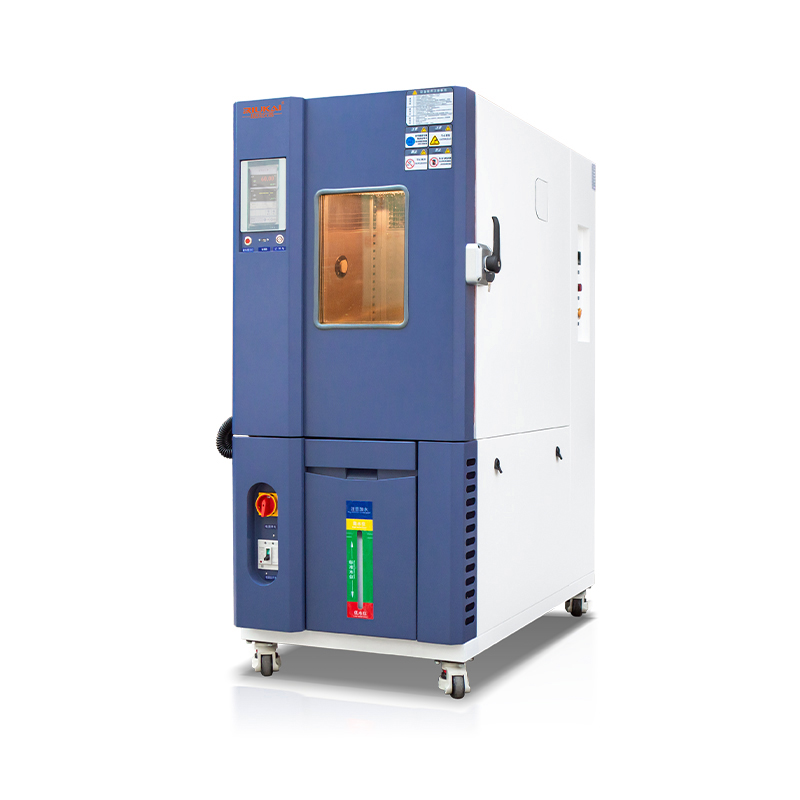Why is Climate Testing Important?
Climate testing, also known as environmental testing, is an important process for evaluating a product’s performance under different temperature conditions. It helps manufacturers to identify any potential weaknesses, defects or points of failure, enabling them to make the necessary improvements before the product reaches the market. Climate testing is particularly important for industries such as automotive, aerospace, electronics and pharmaceuticals where product reliability is critical.
Understanding Temperature Chambers
Temperature chambers, also known as environmental chambers or climate chambers, are highly controlled test environments used to subject products to extreme temperatures. These chambers are designed to replicate high and low temperature conditions in order to evaluate how a product reacts and functions under such conditions. Temperature chambers come in a variety of sizes, from small chambers used to test individual components to large walk-in chambers capable of holding an entire vehicle.
How does a temperature chamber work?
Temperature chambers are equipped with advanced heating and cooling systems and precise temperature control mechanisms. Depending on the specific requirements of the test, temperature chambers can simulate temperature extremes from -70°C to +150°C (-94°F to +302°F) and beyond. By regulating temperature, humidity and other environmental factors, the chamber creates reliable, repeatable conditions for product testing.
Advantages of Temperature Chambers
- Temperature chambers offer a variety of advantages that help ensure product reliability:
- Compliance with regulatory standards
- Accurate simulation
- Accelerated testing
- Cost savings
Industries that use temperature chambers
Temperature chambers are used in a wide range of industries that demand the highest level of product reliability. Some of the industries that primarily rely on temperature chamber testing include: automotive, aerospace, electronics, pharmaceuticals.Temperature chambers are indispensable tools for mastering climate testing and ensuring product reliability. They provide a controlled environment to subject products to extreme temperatures, allowing manufacturers to evaluate performance, durability and ability to withstand harsh conditions.

1-1.jpg)

